Michel Bras in Laguiole in France is noted for its remote mountain-top location as well as its distinctive cuisine, so it seems appropriate that its sister restaurant in Japan is also in an isolated, striking natural setting. The restaurant is at Lake Toya, a volcanic lake 228km (around 100 minutes by express train) from Sapporo, on the coast of Hokkaido.
The restaurant is within the Hotel Windsor, which incidentally also hosts a sister restaurant to Kitcho, a famous kaiseki restaurant in Kyoto. If you decide to go there then you need to allow enough time to get from the nearest rail station (Toya) up to the Windsor Hotel, which although it looks nearby actually takes a good twenty minute drive, as you are essentially having to climb a mountain up to the hotel. The Windsor runs a free shuttle bus between the railway station and the hotel. From the hotel on one side you have a view over the Pacific Ocean, from the other side a view over Lake Toya and its islands. Bear in mind though that due to its location the hotel is frequently wreathed in sea mist, even in the summer, as it was on my July trip, so that potentially lovely view can be just a bank of mist and cloud. Apparently around November is about the best time for clear skies. You can see what the view can be like by looking at the hotel web site, but to get that photo of a perfect sunny day overlooking the lake may require patience.
The head chef is currently Cedric Bourassin, who took over from James Wilkins in 2009. Previous head chef here Alexander Bourdas had moved backed to France to open the excellent Sa Qua Na in Honfleur in 2006. Cedric worked previously at Pic and then from 2003 to 2006 at Michel Bras in Laguiole, before working in Asia as a private chef before taking up the appointment at Toya. The Michel Bras restaurant is on the 11th floor of the hotel, overlooking the lake (Kitcho is on the second floor). The dining room is an uncanny reproduction of the original in Laguiole. A picture window stretches along one side of the rectangular dining room, a little artificial stream on the other. The dining room has a wooden floor, and the dining tables are very large and widely spaced.
The menu options were ¥12,600 (£103) and ¥18,900. The wine list has over 500 selections, mostly French but with a smattering of well-chosen wines from around the world too. The cheapest wine I spotted was ¥650, with examples being Marc Kreydenweiss Riesling Andlau 2006 at ¥8,400 compared to a typical retail price of ¥2,041, Bonny Doon Cigare Volant 1998 at a steep ¥19,950 for a wine you should be able to find for less than ¥4,000 and Ridge Monte Bello 1996 at €50,400 compared to a retail price of around ¥20,000. There were plenty of prestige wines too, such as Chateau Latour 1982 at ¥367,000 for a wine that will set you back ¥236,000 to buy. A bottle of Evian, which was what I drank, cost a little matter of ¥1,470 (£12.13).
Bread was very good indeed, crusty rolls with excellent texture, served with butter from Hokkaido (18/20). The amuse-bouches also mirror the Laguiole Bras, with the same cep tart appearing. This was a very fine rendition indeed, with ultra-delicate pastry that melted as it was bitten into. This may even have had the edge over the original, such was the quality of the pastry (19/20). Three little spoons contained a beef broth jelly flanked by little vegetables and edible flowers, the vegetables of impeccable quality (18/20). A creamy scrambled egg served in an egg shell with buckwheat toast soldiers was very nice, but it is hard to get too excited about scrambled egg, however well made.
The formal meal began with the signature gargouille, the complex assembly of vegetables and edible flowers, cooked for different lengths of time so that that they were each optimal. There was a little matter of 80 elements in this dish, to give you a sense of the degree of work that goes into it. In the centre lurks a little piece of Spanish ham, just as in the original version. More elements are not necessarily better, and although there was nothing to fault in the quality of the vegetables this felt to me slightly less coherent than the original version I had in France; still, a striking dish (19/20). Confit of local salmon in pistachio oil was a lovely dish, the salmon having very good flavour indeed, the pistachio oil going well with the fish, a few vegetables as additional garnish (18/20).
The next dish was Japanese beef, cooked simply with a selection of diced vegetables, as well as Swiss chard. This was not a marbled wagyu beef, so was a more conventional tasting steak, but what I was puzzled about was the degree of seasoning applied. I like my food more salty than is good for me, but even for me the level of salt here was distracting. The vegetables were excellent and the steak very good, but with such a simple dish it was hard not to get distracted by the very bold seasoning (17/20). As at Laguoile, on the side was a large serving of aligot, a mix of mash and stringy cheese that I think appeals to French childhood memories, but I have never taken to.
Cheese featured classics like St Maure de Touraine and Roquefort, but also half a dozen cheeses from Hokkaido, which was a nice touch even though these were objectively not quite in the league of their French cousins. Dessert was lime coulant (cake with liquid centre) with yoghurt sherbet. This was certainly an interesting dish, the liquid lime centre spreading out when you cut into it, the balance of yoghurt and lime acidity precisely judged. I found this dish technically correct but not really exciting, though it was certainly well made (17/20). I would have preferred the classic chocolate coulant, which Michel Bras apparently invented. Very good coffee came with a trio of chocolates as petit fours, and well it might at ¥1,050.
The bill, just with water, came to ¥25,179 (£208) for one. This would be much more if you indulged in alcohol: even a glass of house champagne was €2940 (£24). Service was very precise although the pacing of the meal was strange. The savoury dishes arrived at an almost manic speed: from sitting down at the table, including time to look at the menu and order, the nibbles, starter, fish and main course were delivered to the table in 55 minutes. Given the remote location, it is unlikely that the diners are dashing off to an urgent business meeting, so this seemed incongruous. Cheese and dessert was more relaxed, but even so this was a very fast meal; given that just four tables were occupied at this sitting, I guess the chefs had little to distract them.
This is a very precise recreation of the original Bras, from decor through to the approach to using local vegetables and flowers, and the classic Bras dishes were reproduced faithfully. However, just as with the original, I found myself admiring rather really loving this meal, the dishes feeling somehow clinically precise rather than joyful, though that is very much a personal impression. Certainly the ingredient quality here is every bit as good as in France, and it is nice to see local ingredients such as the Hokkaido salmon and cheese be part of the meal, still having a relationship to Japan, for all the French cooking technique employed.

Michel Bras Toya
336 Shimizu, Toyako-cho, Abuta-gun, Toya, Japan
- Map
- +81 0142 73 111
- Restaurant website
French cuisine
 Average Price £270
Price I paid £208
Value for money
££££££
Overall rating 18/20
Average Price £270
Price I paid £208
Value for money
££££££
Overall rating 18/20

The type of cuisine served at this restaurant
Typical price for three courses and modest wine
What I actually paid on this particular visit
Calculated from overall rating/average price: £££££ is best, £ least good
Score for the food from 1 to 20, with 20 being world class



















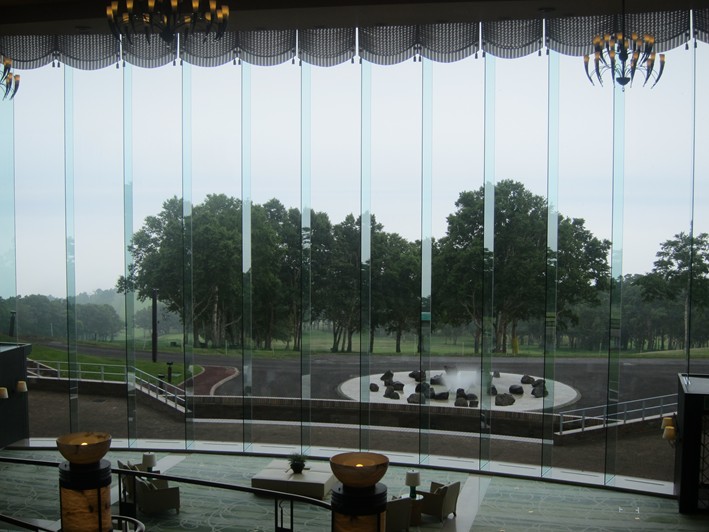
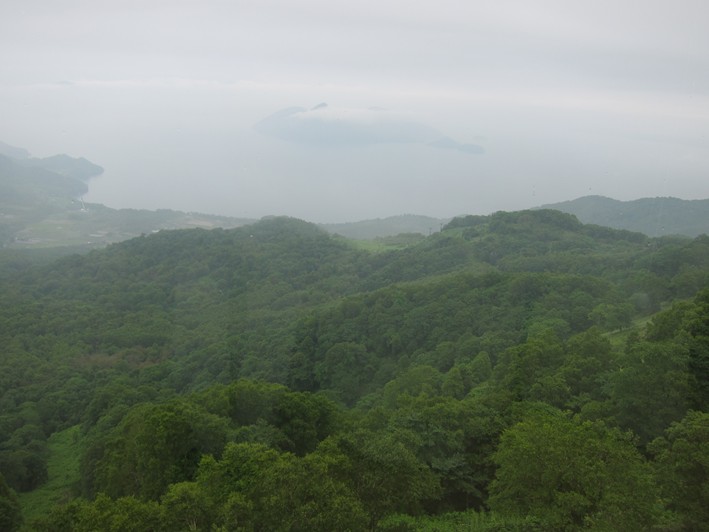
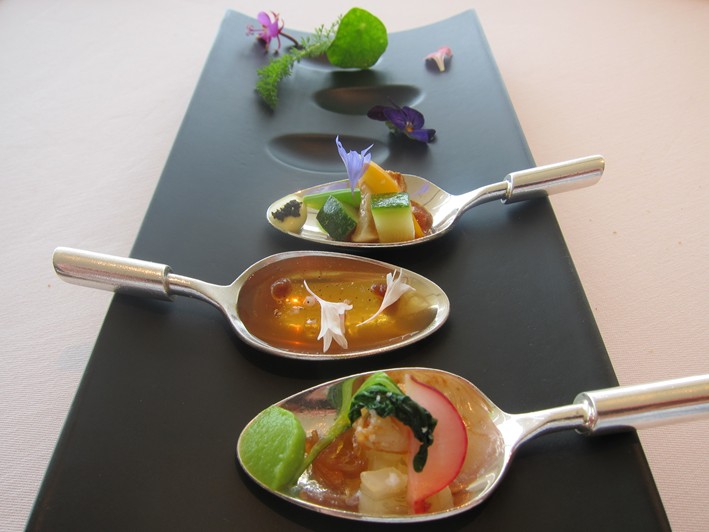


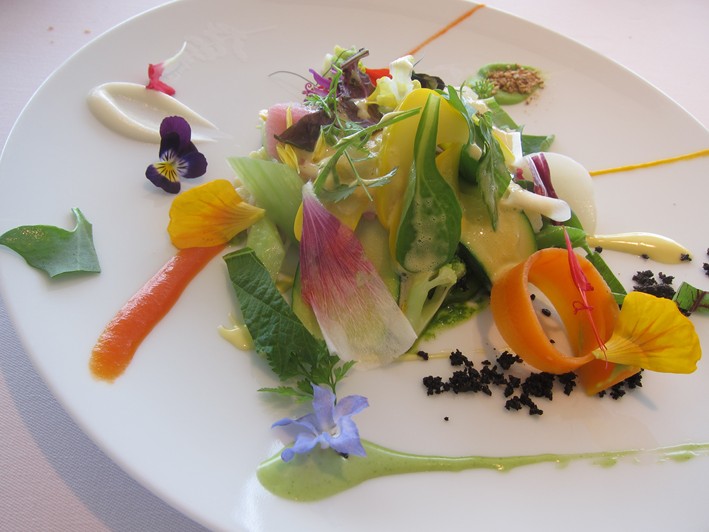
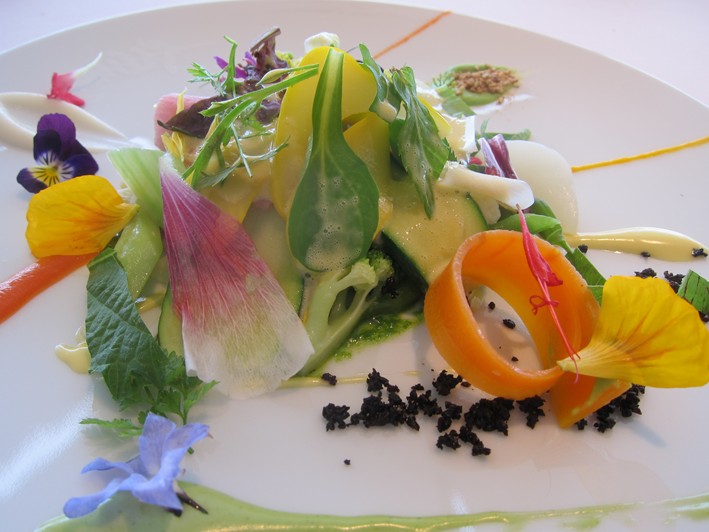

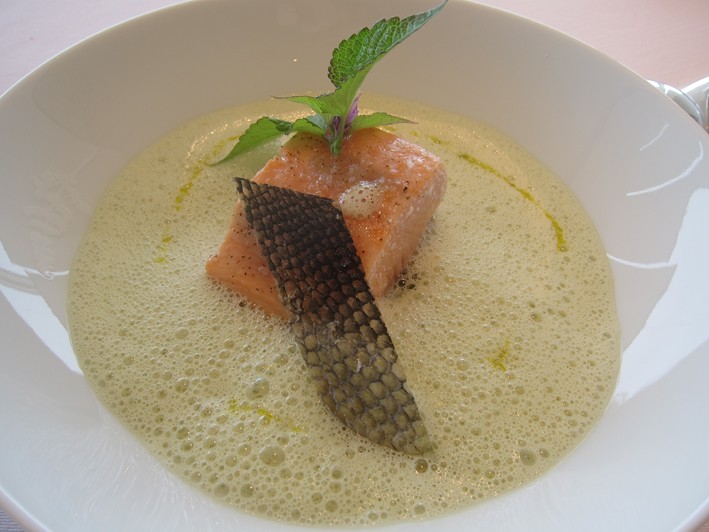

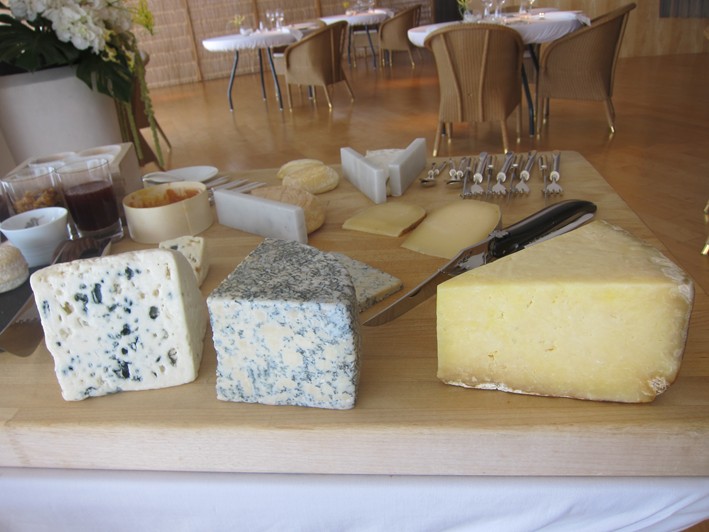


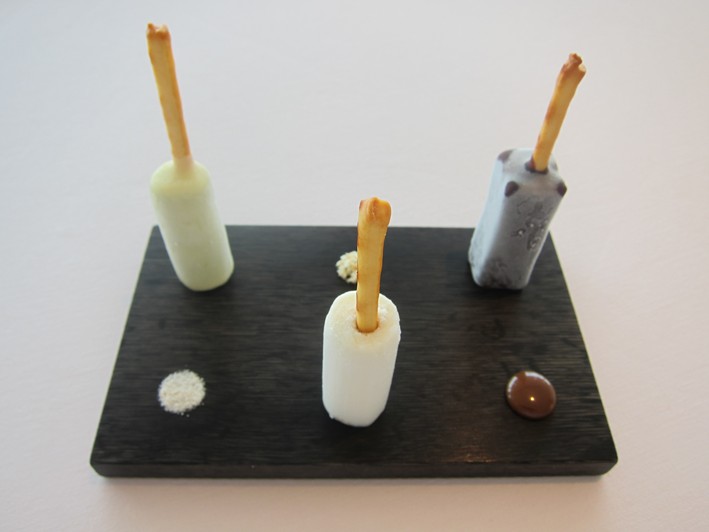
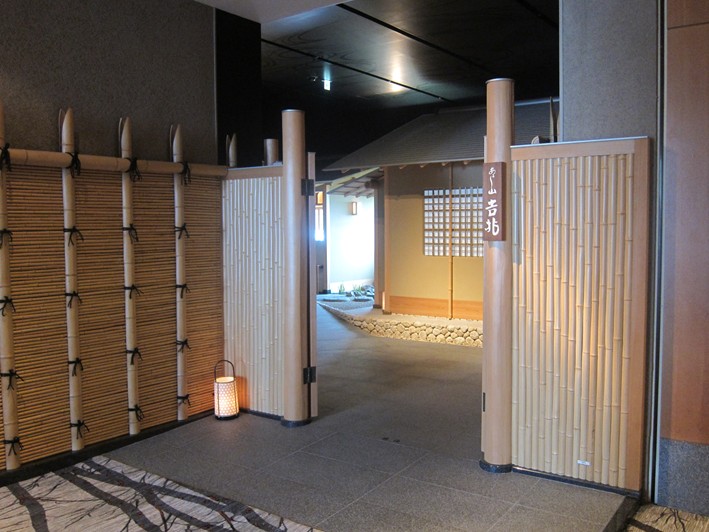
Add a comment
Thank you for submitting your comment, this will be checked and added to the website very soon.
User comments